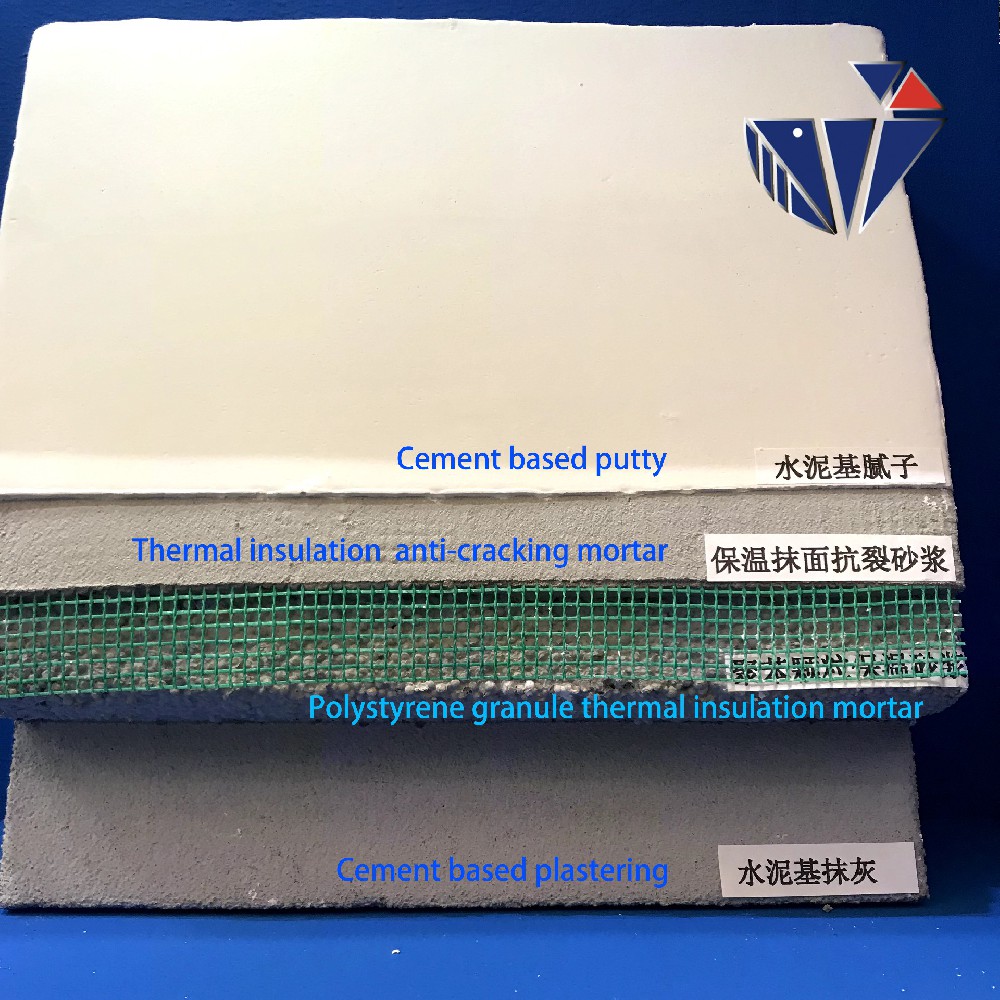
12월 . 10, 2024 19:59 Back to list
Innovative HPMC-Based Tile Adhesive for Superior Bonding and Performance in Construction
HPMC Tile Adhesive A Comprehensive Overview
In the realm of construction and interior design, tile adhesive plays a pivotal role in ensuring the durability and aesthetic appeal of tiled surfaces. Among the various types of tile adhesives available, Hydroxypropyl Methylcellulose (HPMC) tile adhesive has gained considerable attention due to its unique properties and performance advantages.
What is HPMC?
Hydroxypropyl Methylcellulose (HPMC) is a non-ionic, water-soluble polymer derived from cellulose. It is produced through the chemical modification of cellulose, resulting in a white, odorless powder that is easily dispersed in water. HPMC is widely used in various industries, including food, pharmaceuticals, and construction. In the construction sector, it is primarily used as an essential ingredient in tile adhesives, providing essential properties that enhance performance.
Advantages of HPMC Tile Adhesive
1. Improved Workability One of the standout features of HPMC tile adhesive is its superior workability. When mixed with water, it creates a smooth, homogenous paste that is easy to spread. This allows for efficient application, reducing labor time and effort during the tiling process.
2. Water Retention HPMC exhibits excellent water retention properties, which means that the adhesive remains workable for extended periods. This is particularly beneficial in hot and dry conditions where rapid drying can lead to poor adhesion and compromised tile performance. HPMC keeps the adhesive moist, facilitating better bonding with the tiles.
3. Enhanced Adhesion The chemical structure of HPMC allows for strong bonding between the adhesive and various substrates, including concrete, cement boards, and drywall. This results in a secure attachment that minimizes the risk of tiles loosening or cracking over time.
4. Flexibility and Elasticity HPMC tile adhesive provides a degree of flexibility and elasticity, which is crucial when tiles experience thermal expansion and contraction due to temperature fluctuations. This flexibility helps prevent cracking and ensures the longevity of the tiled surface.
5. Compatibility with Different Types of Tiles HPMC is versatile and effective with various tile materials, including ceramic, porcelain, and natural stone. This compatibility allows builders and designers to use HPMC tile adhesive in numerous applications, from residential to commercial projects.
hpmc tile adhesive

6. Environmental Considerations As a cellulose derivative, HPMC is a biodegradable and environmentally friendly option. Its use in tile adhesives aligns with the growing demand for sustainable building materials, making it an attractive choice for eco-conscious consumers and builders.
Application of HPMC Tile Adhesive
The application process for HPMC tile adhesive is straightforward, but it requires attention to detail for optimal results
1. Surface Preparation Ensure that the surface where the adhesive will be applied is clean, dry, and free from contaminants like dust, grease, or old adhesive residues.
2. Mixing Combine the HPMC powder with water according to the manufacturer's specifications. Stir the mixture until a consistent, lump-free paste is achieved.
3. Applying the Adhesive Using a trowel, apply the adhesive to the prepared surface. The size of the trowel notches will depend on the tile size and type. For larger tiles, larger notch sizes are typically recommended.
4. Setting the Tiles Press the tiles firmly into the adhesive and ensure that they are level and properly aligned. It’s crucial to avoid moving the tiles once set to allow for proper bonding.
5. Curing Time Allow the adhesive to cure according to the manufacturer's guidelines. Adequate curing is essential for achieving optimal bond strength.
Conclusion
HPMC tile adhesive is a versatile and effective choice for anyone looking to install tiles, whether for residential or commercial projects. Its superior workability, water retention, enhanced adhesion, and flexibility make it a favored option among professionals and DIY enthusiasts alike. As sustainable building practices continue to gain traction, HPMC stands out not only for its performance but also for its environmental benefits. Ultimately, choosing HPMC tile adhesive can lead to more durable, aesthetically pleasing, and long-lasting tiled surfaces.
-
Unlocking the Benefits of HPMC Products: A Gateway to Versatile Applications
NewsAug.07,2025
-
Unleashing the Potential of HPMC Ashland: A Comprehensive Look
NewsAug.07,2025
-
Tile Bonding Cellulose: The Key to Superior Adhesion and Durability
NewsAug.07,2025
-
Hydroxypropyl Methylcellulose Powder: The Versatile Component in Modern Pharmaceuticals
NewsAug.07,2025
-
Hydroxyethyl Cellulose: The Versatile Solution for Various Industries
NewsAug.07,2025
-
Hydroxyethyl Cellulose (HEC): The Versatile Polymer for Various Applications
NewsAug.07,2025







